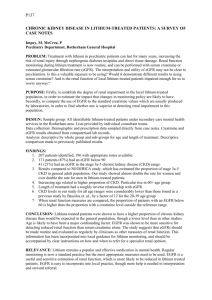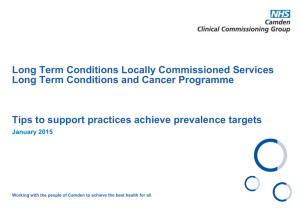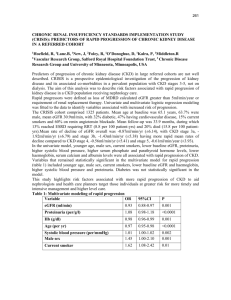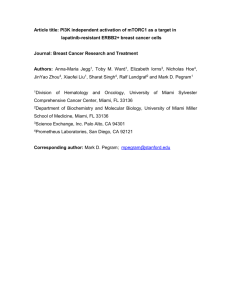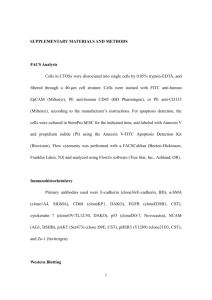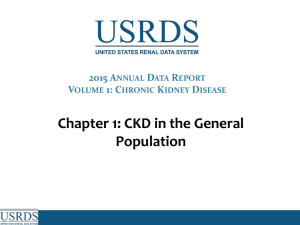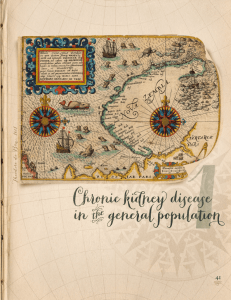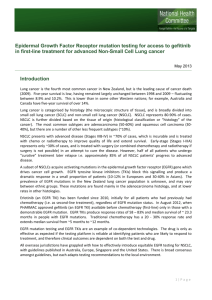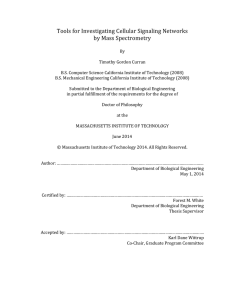P26: ESTIMATING THE PREVALENCE OF CKD IN SCOTLAND
advertisement
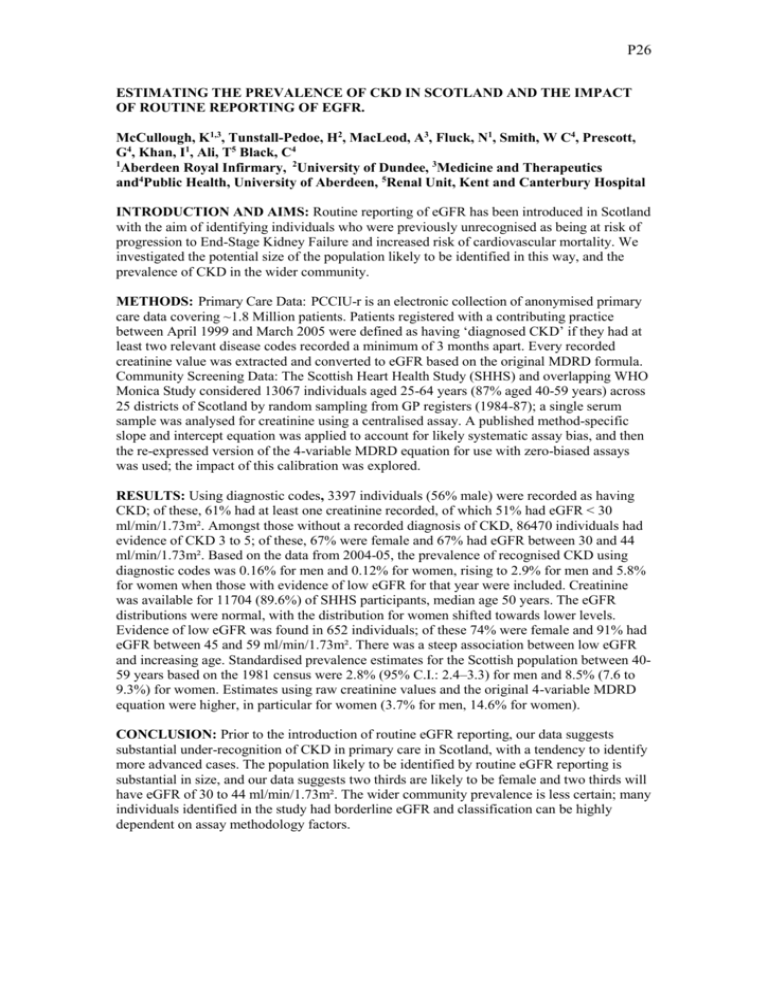
P26 ESTIMATING THE PREVALENCE OF CKD IN SCOTLAND AND THE IMPACT OF ROUTINE REPORTING OF EGFR. McCullough, K1,3, Tunstall-Pedoe, H2, MacLeod, A3, Fluck, N1, Smith, W C4, Prescott, G4, Khan, I1, Ali, T5 Black, C4 1 Aberdeen Royal Infirmary, 2University of Dundee, 3Medicine and Therapeutics and4Public Health, University of Aberdeen, 5Renal Unit, Kent and Canterbury Hospital INTRODUCTION AND AIMS: Routine reporting of eGFR has been introduced in Scotland with the aim of identifying individuals who were previously unrecognised as being at risk of progression to End-Stage Kidney Failure and increased risk of cardiovascular mortality. We investigated the potential size of the population likely to be identified in this way, and the prevalence of CKD in the wider community. METHODS: Primary Care Data: PCCIU-r is an electronic collection of anonymised primary care data covering ~1.8 Million patients. Patients registered with a contributing practice between April 1999 and March 2005 were defined as having ‘diagnosed CKD’ if they had at least two relevant disease codes recorded a minimum of 3 months apart. Every recorded creatinine value was extracted and converted to eGFR based on the original MDRD formula. Community Screening Data: The Scottish Heart Health Study (SHHS) and overlapping WHO Monica Study considered 13067 individuals aged 25-64 years (87% aged 40-59 years) across 25 districts of Scotland by random sampling from GP registers (1984-87); a single serum sample was analysed for creatinine using a centralised assay. A published method-specific slope and intercept equation was applied to account for likely systematic assay bias, and then the re-expressed version of the 4-variable MDRD equation for use with zero-biased assays was used; the impact of this calibration was explored. RESULTS: Using diagnostic codes, 3397 individuals (56% male) were recorded as having CKD; of these, 61% had at least one creatinine recorded, of which 51% had eGFR < 30 ml/min/1.73m². Amongst those without a recorded diagnosis of CKD, 86470 individuals had evidence of CKD 3 to 5; of these, 67% were female and 67% had eGFR between 30 and 44 ml/min/1.73m². Based on the data from 2004-05, the prevalence of recognised CKD using diagnostic codes was 0.16% for men and 0.12% for women, rising to 2.9% for men and 5.8% for women when those with evidence of low eGFR for that year were included. Creatinine was available for 11704 (89.6%) of SHHS participants, median age 50 years. The eGFR distributions were normal, with the distribution for women shifted towards lower levels. Evidence of low eGFR was found in 652 individuals; of these 74% were female and 91% had eGFR between 45 and 59 ml/min/1.73m². There was a steep association between low eGFR and increasing age. Standardised prevalence estimates for the Scottish population between 4059 years based on the 1981 census were 2.8% (95% C.I.: 2.4–3.3) for men and 8.5% (7.6 to 9.3%) for women. Estimates using raw creatinine values and the original 4-variable MDRD equation were higher, in particular for women (3.7% for men, 14.6% for women). CONCLUSION: Prior to the introduction of routine eGFR reporting, our data suggests substantial under-recognition of CKD in primary care in Scotland, with a tendency to identify more advanced cases. The population likely to be identified by routine eGFR reporting is substantial in size, and our data suggests two thirds are likely to be female and two thirds will have eGFR of 30 to 44 ml/min/1.73m². The wider community prevalence is less certain; many individuals identified in the study had borderline eGFR and classification can be highly dependent on assay methodology factors.
